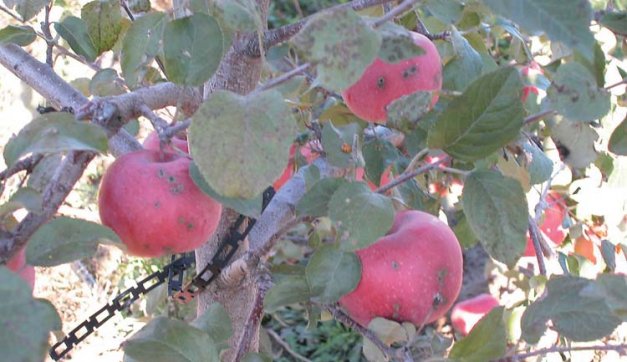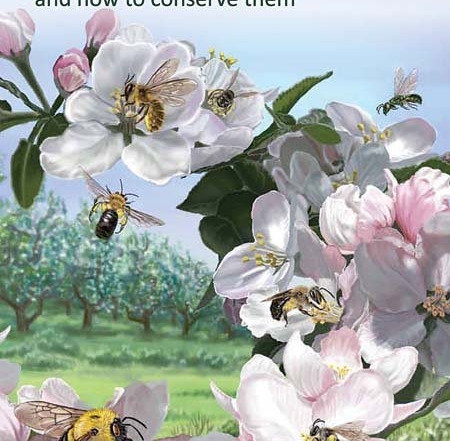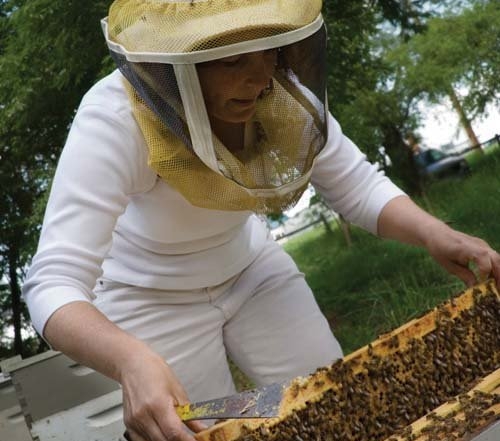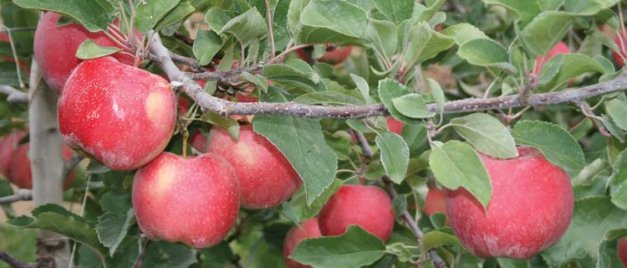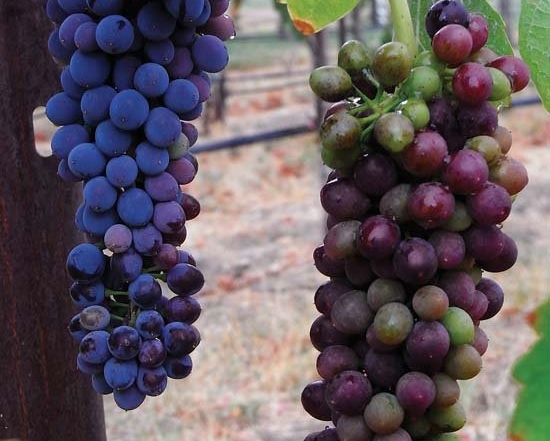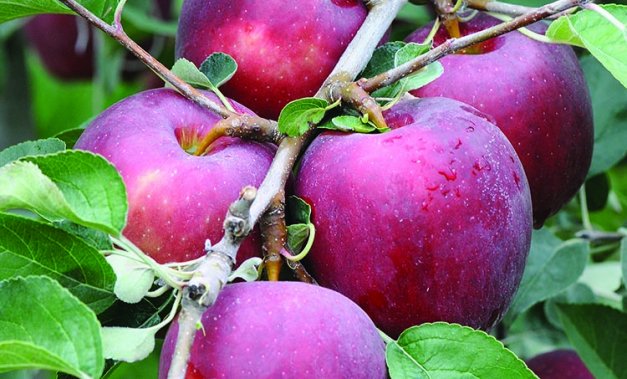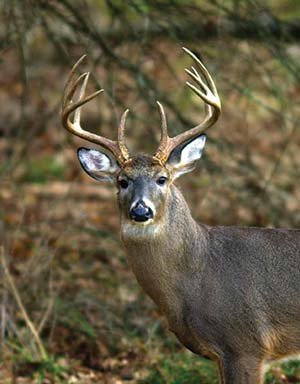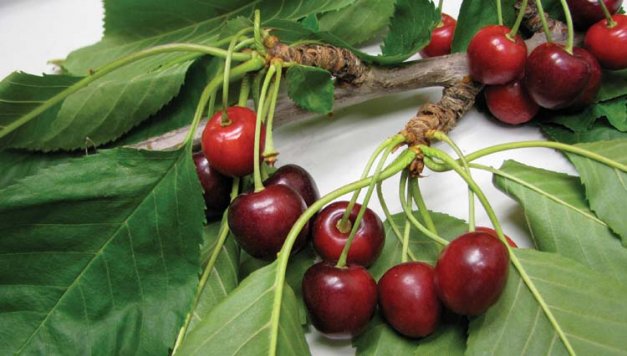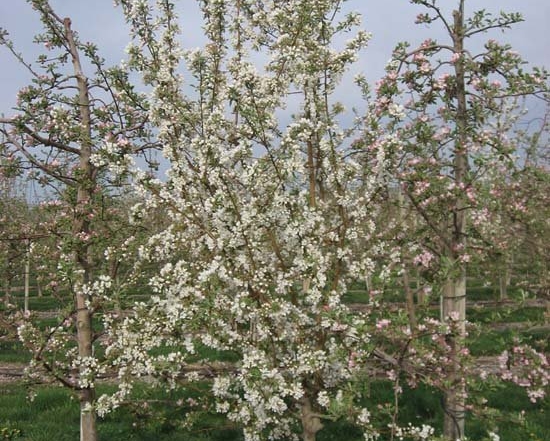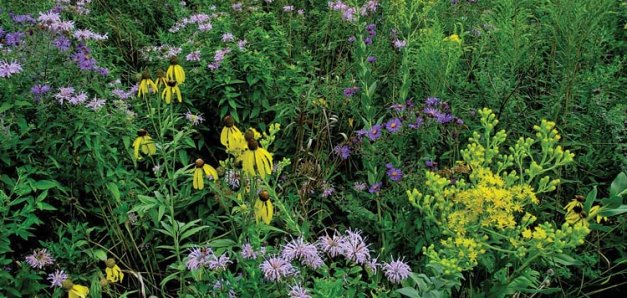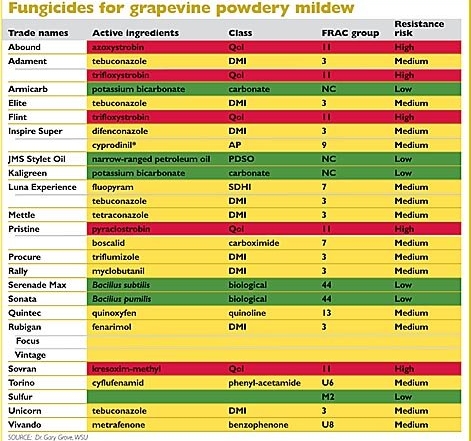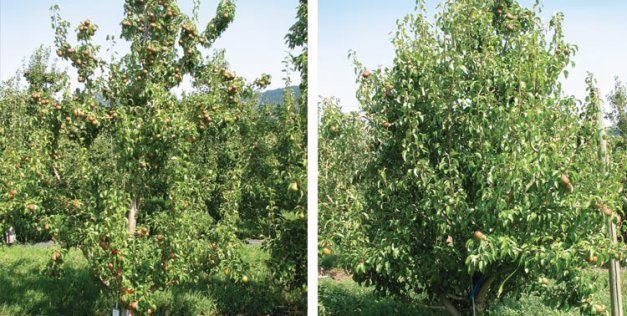Project Description
Growth
Featured stories about pollination, fruiting and pest management appear in this issue.
Click here to view a PDF version of this issue.
Got FRUIT?
It’s a simple, two-word question: Got milk? But that question marked a turning point in how consumers thought about milk. No longer was it just
Apple name delights grower
Bob Meyer, right, discusses the merits of WSU’s new apples WA 2 and WA 38 with Jim Cowin at a field day to showcase
Kill the pathogen
Apple scab is a serious problem in humid climates, and McIntosh is very susceptible. Lesions occur on both leaves and fruit. Apple growers have three
Conserving wild pollinators
PHOTO COURTESY OF MARY ANN FRAZIER Cornell University has a new publication called Wild Pollinators of Eastern Apple Orchards and How to Conserve Them, compiled
The Top 5: What growers can do to improve pollination success
Inspect the bees you receive. A strong hive should have enough adult bees to cover eight to ten frames. Honeybees are under unprecedented pressure, besieged
Codling moth: It’s what’s for dinner.
A sterilized carabid beetle before gut dissection. Angela Gadino, WSU Do you ever wonder what those earwigs, spiders, and other ground-dwelling predators eat in your
Working with copper
Copper is a potent spray chemical, useful on many stone and pome fruits. It is active against bacterial diseases like fireblight, bacterial canker, and bacterial
WA 38 will have a name
The commercialization plan for WA 38 will be different than for its first release, WA 2. Washington State University is finalizing a plan for how
Preventing mildew
Guide for grape pest management available Washington State University’s 2013 Grape Pest Management Guide includes recommendations for controlling insects, weeds, diseases, and other pests. The
Water inside grapes
The Syrah cluster on the right was treated with the antitranspirant Vapor Gard; nontreated cluster is on the left. The treated cluster showed slower coloration,
No fruit, no funding
The short fruit crop in the eastern United States last year had a dramatic impact on research and promotion programs organized under state and federal
Good to Know: Consumer expectations of apple quality
Everyone has a favorite apple variety but what makes it so? How do Washington State University’s new apple varieties WA 2 and WA 38 compare
Deer Wars
Growers in the prime fruit-growing area surrounding Grand Traverse Bay in northwest Michigan are protesting the conversion of their orchards into prime hunting ground for
Living with cherry diseases
Little cherry disease made a dramatic resurgence in Washington in 2010 and has since spread rapidly. These Sweetheart cherries show symptoms of small and puny
What could replace Manchurian?
The apple industry uses Manchurian crab as a pollinizer because of its compatibility with the major apple varieties. This Manchurian is pictured in a Gala
Bee Care Center
Bayer CropScience has begun construction of its North American Bee Care Center at its headquarters in Research Triangle Park, North Carolina. The center is to
Focus on next season
The 2012 Northwest cherry season was a challenging one, but growers need to focus on next season and not worry about the things they can’t
Integrated Crop Pollination
Left: Bumblebees are highly efficient pollinators of many crops, but their wild colonies live through the whole season. Providing a mix of wildflowers on
Project objectives
Five specific objectives for the Integrated Crop Pollination project are: Identify economically valuable pollinators and the factors affecting their abundance. Develop habitat management practices to
Developing a disease management program
Washington State University viticulture extension specialist Dr. Michelle Moyer suggests growers consider the following when developing a disease management program: • Reproductive rate of the
Promotion and management of pear fruiting
Left: D’Anjou tree sprayed at two weeks after bloom with 80 ppm ReTain relative to an untreated control. Right: Untreated d’Anjou control tree. (Photos
le_length=”50″]



